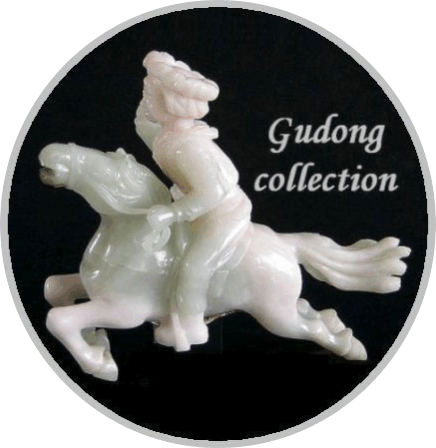Categories
China-> (1350)
Bronzes-> (54)
Calligraphy-> (34)
Chinese Export Silver-> (35)
Chops - seals-> (130)
Garments & accessories-> (102)
Jewelry, silver & gold-> (586)
Amulets (30)
Bracelets (20)
Grooming sets (30)
Hairpins & combs (176)
Hat ornaments (78)
Locks (58)
Miscellaneous (69)
Moustache combs (8)
Needle-cases (20)
Pendants (43)
Qilins (20)
Rings & earrings (34)
Lacquer & wood carvings (48)
Mirrors (23)
Opium & tobacco-> (72)
Pottery & porcelain-> (68)
Toggles (49)
Z Miscellaneous-> (149)
Europe-> (969)
India, Japan & S.E. Asia-> (13)
West Africa-> (169)
Bronzes-> (54)
Calligraphy-> (34)
Chinese Export Silver-> (35)
Chops - seals-> (130)
Garments & accessories-> (102)
Jewelry, silver & gold-> (586)
Amulets (30)
Bracelets (20)
Grooming sets (30)
Hairpins & combs (176)
Hat ornaments (78)
Locks (58)
Miscellaneous (69)
Moustache combs (8)
Needle-cases (20)
Pendants (43)
Qilins (20)
Rings & earrings (34)
Lacquer & wood carvings (48)
Mirrors (23)
Opium & tobacco-> (72)
Pottery & porcelain-> (68)
Toggles (49)
Z Miscellaneous-> (149)
Europe-> (969)
India, Japan & S.E. Asia-> (13)
West Africa-> (169)
Quick Find
Copyright © 2024 Gudong-collection.com
Powered by osCommerce

